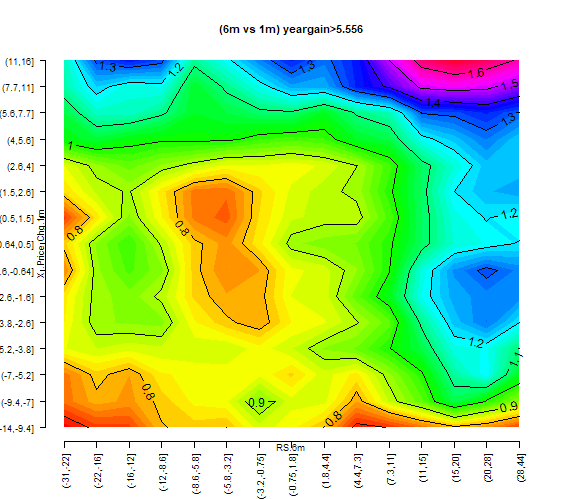For a good chunk of 2018, the UK’s equity markets were under the cosh and index prices fell across the board. But since the start of this year, there’s been a sense of optimism around. Political and economic uncertainties aside, the FTSE All-Share has managed a 6.8 percent gain in recent weeks. It’s a modest result, but one I reckon most investors are happy to take.
That said, 6.8 percent is just the index, or average, gain. Lift the lid and you’ll find that some stocks have done far, far better than that (and others, of course, far worse). What’s interesting, according to research, is that stocks with the strongest outperformance have a statistically strong chance of maintaining that trend. This is the power of one of the most powerful ‘factors’, or return-drivers in the stock market: momentum.
Digging into momentum
In investing, momentum is the tendency for price trends to persist. It causes securities with rising prices to rise further, and securities with falling prices to fall further. It sits alongside other factors like ‘value’ and ‘quality’ as a cornerstone of some of the most influential strategies around. (Regular readers will know that these factors are a core part of our philosophy here at Stockopedia - and we talk about them a lot).
Over the past 30 years some of the smartest minds in finance have studied why momentum works and how it can be captured.
Some believe that just like value investing, there’s a risk premium attached to momentum. In other words, its profits only exist because there are times when the strategy doesn’t work. It’s known that momentum can crash periodically. In years like 2018, when a lot of fast-growing momentum stocks were pegged back, momentum strategies really suffer. As Wes Gray, the boss of US quant fund firm Alpha Architect said to me last year, “when you look at real momentum strategies done the way that gives you those historical premiums, those portfolios are hair-raising.”
Another much more accepted view of momentum is that it’s caused by investor behaviour and their underreaction and delayed overreaction to news. With underreaction, prices are slow to react because investors are either cautious, not looking or can’t trade. But with delayed overreaction, investors chasing rising prices attract the attention of the investing herd, who follow them into those trades, pushing prices higher and higher.
Chasing price momentum
One…











